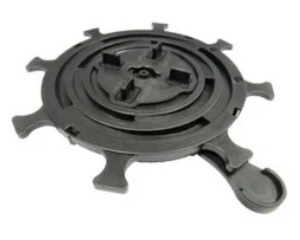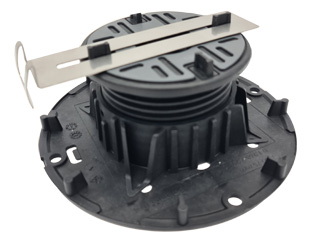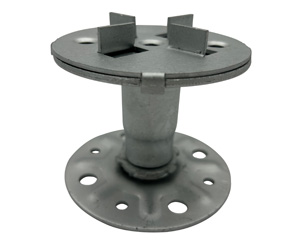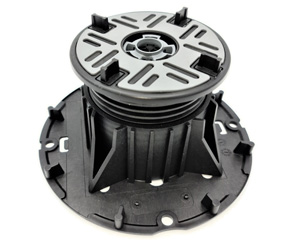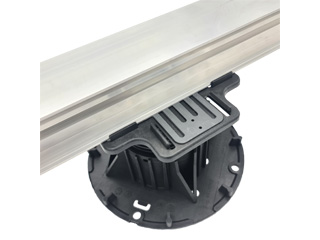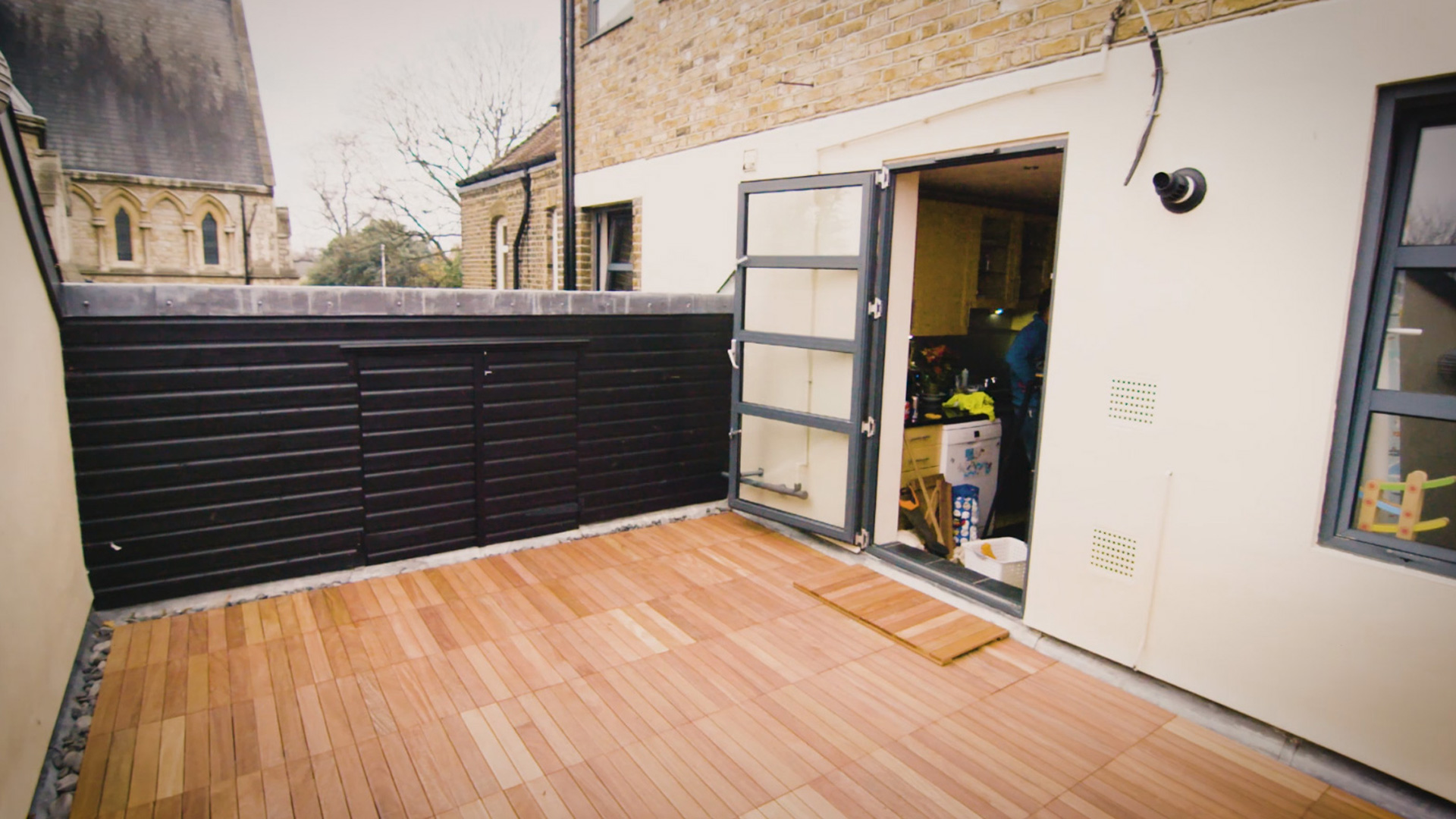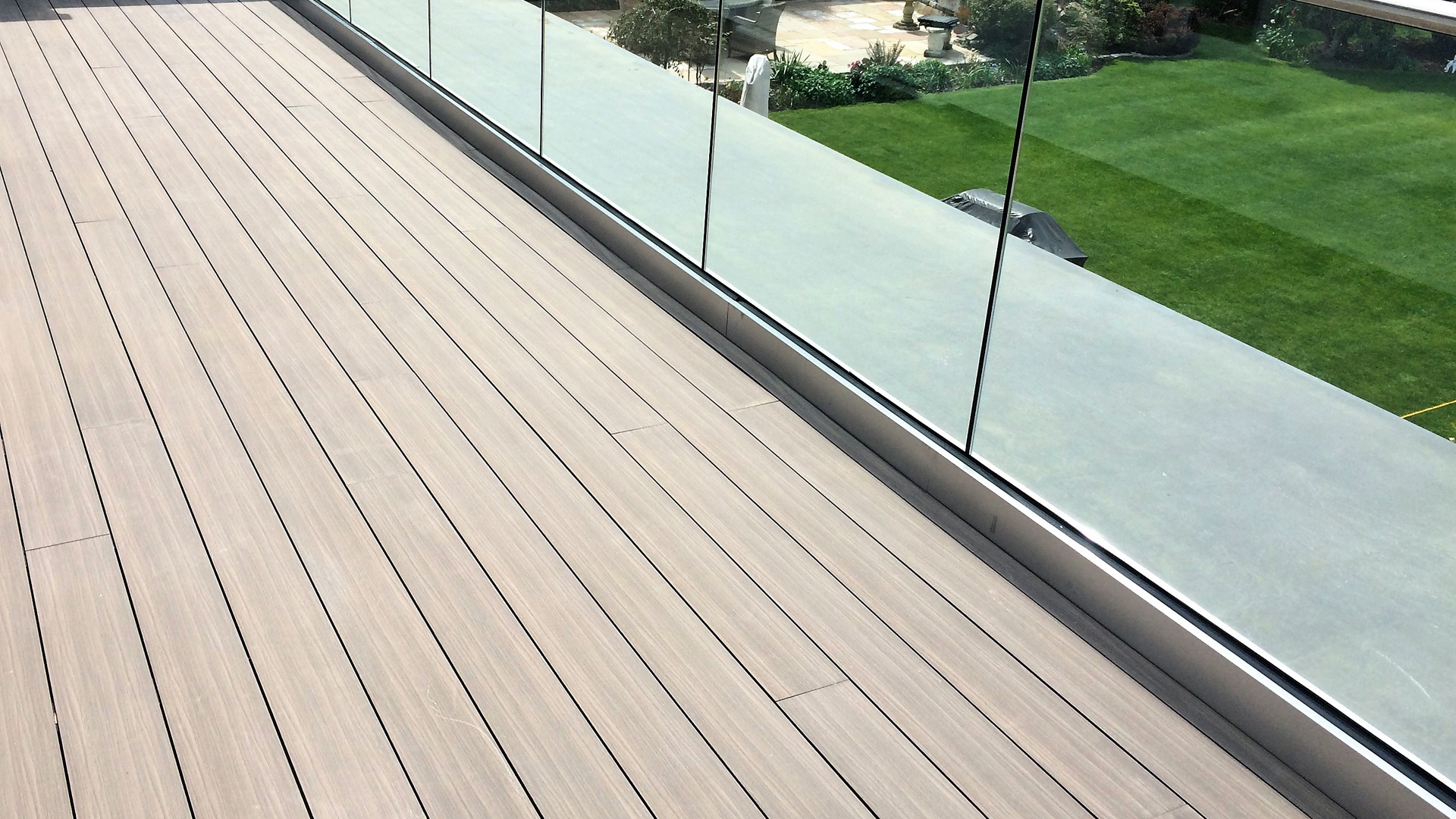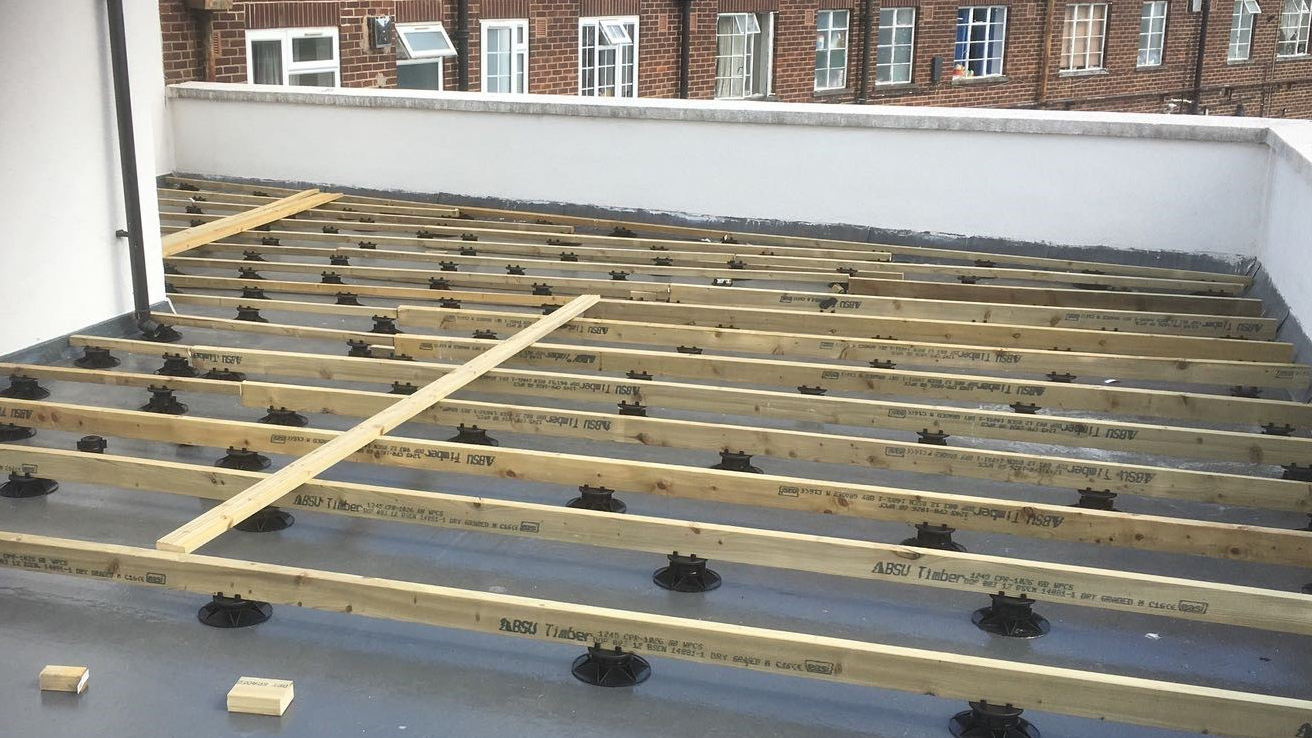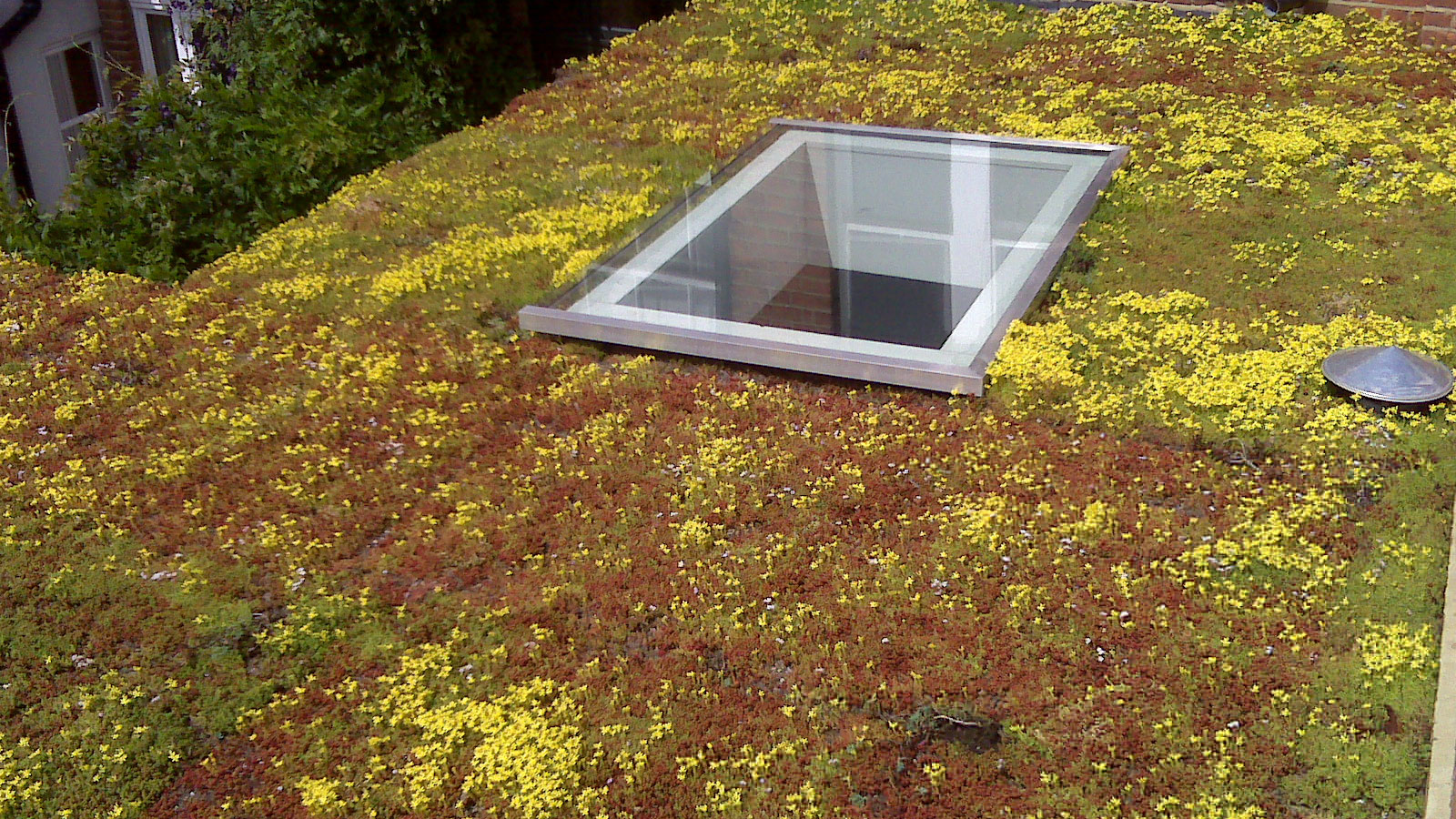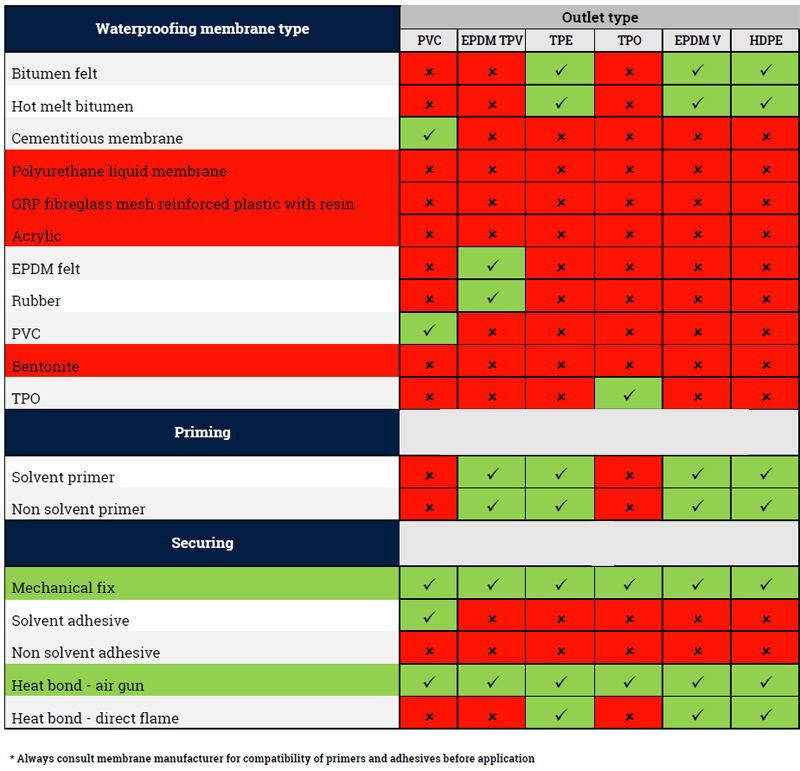Urban areas are the world’s largest habitat losses for biodiversity (Baumann 2006; Gedge & Kadas 2005). Green roofs offer a fast, aesthetic and sustainable way to promote biodiversity in urban environments.
Proponents argue that green roofs can help achieve biodiversity conservation and habitat restoration goals, but the evidence is limited. This is because such projects require realistic, well-defined and measured ecological outcomes.
Birds
Urban green roofs provide habitat for birds, insects and other wildlife. They also mitigate the urban “heat island” effect, which is caused by a heat-island-like climate that’s warmer than rural areas because of human activity.
As a result, urban green roofs are becoming increasingly important habitats for wild birds and other wildlife. They also provide a place for birds to feed and shelter during rainstorms, which helps prevent the buildup of pollutants in stormwater runoff.
A study in Hanover, Germany, found that vascular plant richness increased on green roofs left to natural succession after initial sowing. The CWM of vascular plants, which is the abundance-weighted mean of a species trait, showed a shift from species adapted to wind and competition to those tolerant of warm-dry conditions, such as therophytes.
Birds have also been reported to breed successfully on green roofs. For example, northern lapwings (Vannellus vannellus) were discovered breeding on several green roofs in Switzerland, where the vegetation cover had increased.
Insects
Green roofs provide a new habitat for insects and other small animals. They also help to reduce energy costs and pollution, improve air quality and extend the life of the waterproof layer of the roof.
The structural diversity of a green roof with vegetation, substrate, gravel, stones and dead wood provides many niches for different species. These niches can be occupied by a wide range of species, enabling biodiversity to flourish in urban areas.
It is important to understand how the structural diversity of a green roof affects its biodiversity potential. This is because it will determine whether or not a green roof is able to support a high number of different types of plants and animals.
Studies show that extensive green roofs are able to support more vascular plant species than intensive ones and can increase bird diversity, especially if the plant cover is not too large. This diversity can be increased by using a variety of techniques such as different mowing regimes, installing solar panels or adding additional structural elements (such as logs and pebble piles). In addition to reducing the effects of the urban heat island, biodiverse green roofs are also important for promoting climate action, reducing energy demand and regulating water flows.
Mammals
Green roofs can help improve biodiversity in cities by providing habitats for wildlife. They may also help reduce air pollutants and mitigate the heat island effect.
Plants and their roots can sequester carbon, reducing greenhouse gases and limiting the amount of energy required to cool buildings. Additionally, vegetation helps to filter fine particles and absorb many gaseous pollutants.
Birds benefit from green roofs because they offer a safe place for them to feed and nest, particularly during the winter. In addition, they may provide a source of food for birds that have lost their natural habitats.
To increase the biodiversity of green roofs, it is important to consider a range of factors, including substrate depth, vegetation diversity and isolation, and elevation. These factors should be used together to maximize the ecological value of green roofs for both arthropods and birds.
